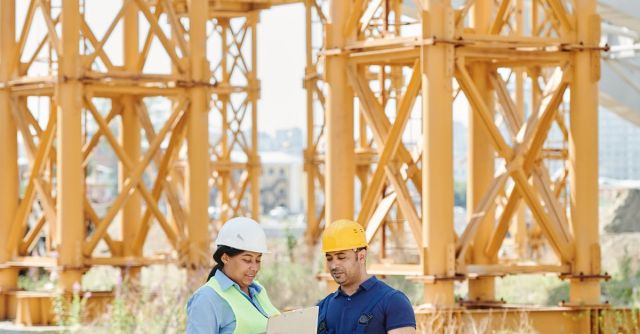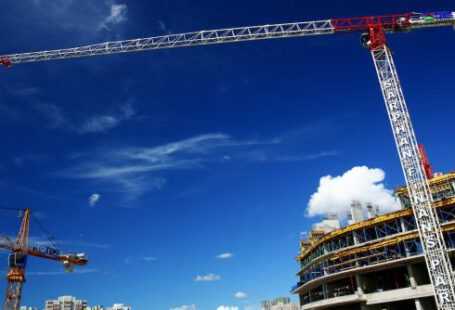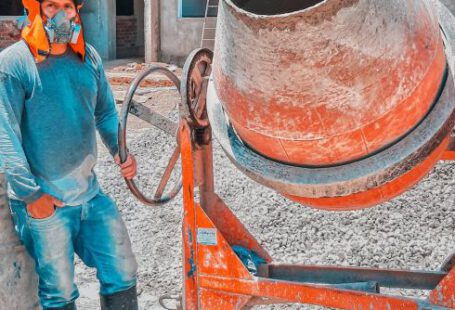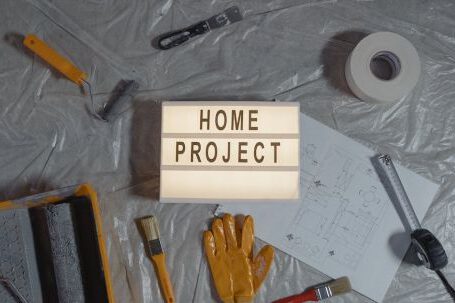The question of whether bigger is always better when it comes to earthmoving machinery is a tricky one, and the answer largely depends on the specific job at hand. On the one hand, larger machines are often more powerful and efficient, while on the other, smaller, lighter machines can be more agile and easier to maneuver in tight areas.
The size of the machine you choose will depend on the scope and scale of the project. For larger, more complex projects, bigger, heavier machines may be necessary. These may include bulldozers, excavators, loaders, and skid steers, which are all powerful enough to handle large tasks such as digging, grading, and moving heavy loads.
However, for smaller jobs, such as landscaping and gardening, a smaller machine may be more suitable. These may include trenchers, mini-excavators, and mini-loaders, which are all designed to work in tight spaces and move light loads. They are also generally less expensive to purchase and operate.
It is also important to consider the terrain when choosing the right size of machine. If you are working on a flat surface such as a field or a parking lot, a larger, heavier machine will be able to move more efficiently and quickly. However, if you are working in a more challenging environment, such as a hilly or mountainous terrain, a smaller, lighter machine may be better suited to the task, as it will be able to maneuver more easily through the terrain.
Safety is also a key consideration when selecting the right size of machine. Larger machines may be more powerful and capable of undertaking large tasks, but they also come with a greater risk of injury if not used correctly. Smaller machines may be easier to maneuver, but they are limited in terms of the tasks they can undertake. It is important to ensure that safety is given a priority when selecting the appropriate machine for the job.
In addition to these factors, the cost of the machine should also be taken into consideration. Larger machines tend to be more expensive to purchase and operate, while smaller machines are typically less expensive. Depending on the scope and scale of the job, it may be cheaper to rent a machine than to purchase one. However, it is important to factor in the cost of fuel and maintenance into the cost of the machine.
Finally, it is important to consider the level of skill of the operator when selecting the right size of machine. Larger machines may require more skill and experience to operate, while smaller machines may be easier for a novice to use. It is important to select the size of machine that best suits the skills of the operator.
In conclusion, the size of earthmoving machinery you choose will depend on a variety of factors, including the type and scope of the project, the terrain, safety considerations, cost, and the skill level of the operator. Bigger machines may be more powerful and efficient, but smaller machines may be more agile and easier to maneuver. Ultimately, it is important to consider all of these factors when selecting the right size of machine for the job.






